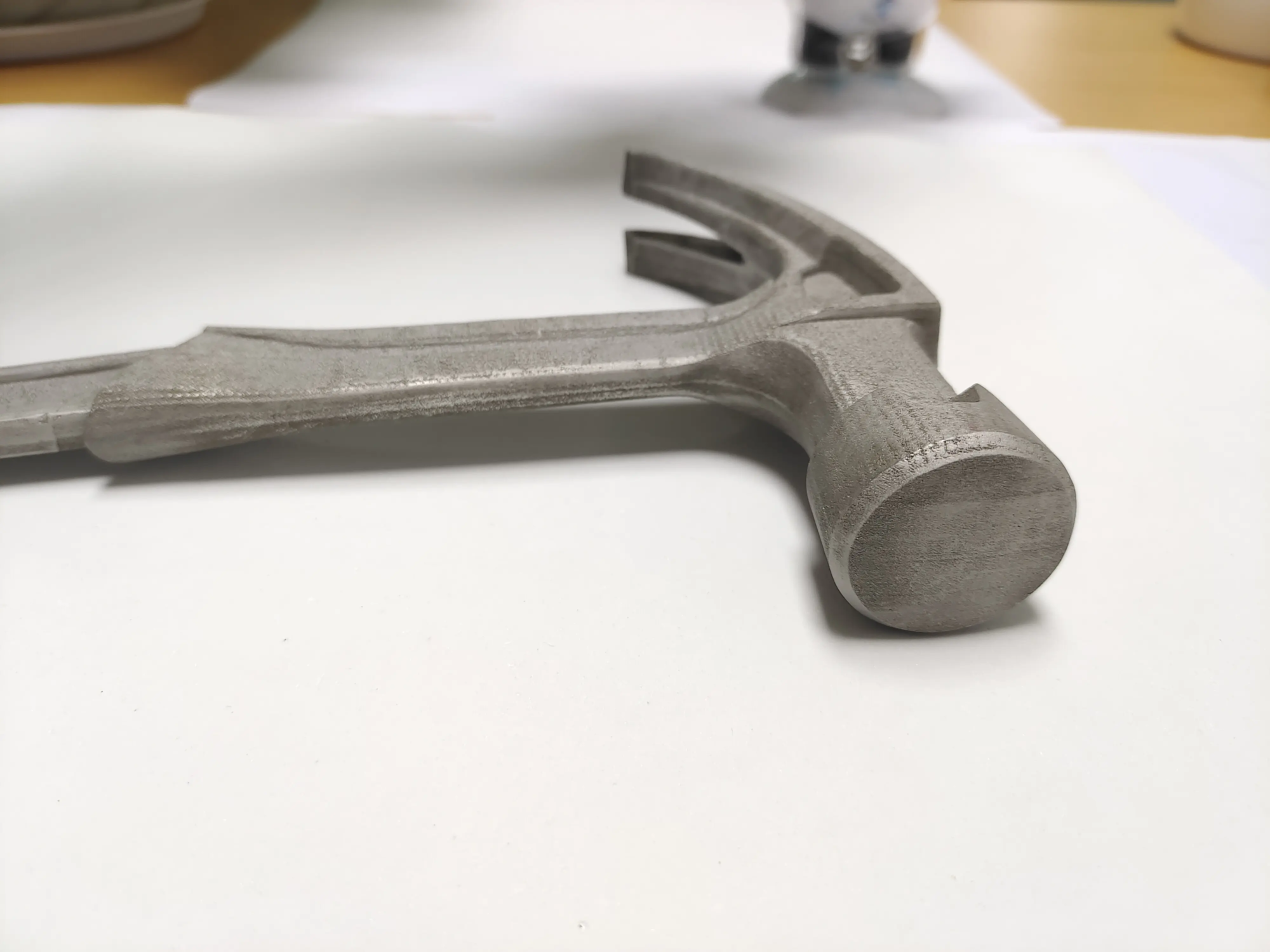An introduction to accelerated 3D printing
Over the years, the world of 3D printing has undergone great developments, transforming from novelty to key manufacturing technologies in various industries. One of the key factors in effectively utilizing 3D printing technology is the speed at which parts can be produced. Rapid prototyping is a key application of 3D printing, requiring not only precision and quality, but also the speed at which to meet the needs of rapid product development and market release. As a professional rapid prototyping manufacturer, Greatlime understands the importance of speed in 3D printing and has invested in advanced SLM (Selective Laser Melting) 3D printers and production technologies to effectively solve the problem of rapid prototyping of metal parts.
Understand the need for speed in 3D printing
The demand for speed in 3D printing stems from the competitive nature of product development. Companies across industries from aerospace to medical equipment need to quickly produce prototype and end-use parts to accelerate their product development cycle. Traditional manufacturing methods can be time-consuming and involve complex processes that delay parts production. 3D printing and its additive manufacturing technology provide a faster alternative. However, the speed of 3D printing may vary depending on the technology used, the complexity of the design, and the materials involved.
Technology to accelerate 3D printing
Several technologies and strategies can increase the speed of 3D printing:
Multi-laser system: Some advanced 3D printers are equipped with multiple lasers that can greatly increase printing speed by printing multiple parts simultaneously or quickly covering large building areas.
Innovative printing technology: Techniques such as parallel printing print multiple parts simultaneously, and continuous printing (minimizing the need to stop printing operations) can also speed up the production process.
Material Innovation: The development of new materials with improved characteristics may also contribute to faster printing. For example, materials that can withstand higher printing temperatures can be printed faster.
- Post-processing efficiency: Simplifying post-processing services such as cutting, grinding and polishing can also reduce the overall time required to deliver finished parts.
Greglight’s rapid prototyping method
At Greatlight, the focus is on providing one-stop post-processing and completion services to ensure that parts are not only printed quickly, but also meet the highest standards. With its advanced SLM 3D printer and commitment to custom precision machining, Greatlight places itself as one of the best rapid prototyping companies in China, providing customized precise rapid prototyping parts at competitive prices.
Benefits of Fast 3D Printing
The ability to speed up 3D printing offers many benefits, including:
- Faster product development: Rapid prototyping enables companies to quickly test and refine their products, thereby accelerating product development cycles.
- Competitive Advantage: Companies that can produce parts and products faster can respond to market demand and changes more quickly.
- Cost savings: Reducing production time can also lead to cost savings because less time and resources are spent on the manufacturing process.
in conclusion
Accelerating 3D printing is crucial for industries that rely on rapid prototyping for product development. With the advancement of technology, innovative printing technologies, along with the emphasis on post-processing efficiency, can significantly reduce the time required for 3D printing. Companies like Greatlight are at the forefront of this effort, offering advanced manufacturing solutions that have to harm quality without compromising quality. As technology continues to evolve, we can expect faster and more efficient 3D printing solutions to emerge, further changing the manufacturing landscape.
FAQs (FAQs)
What is the fastest 3D printing technology?
- The fastest 3D printing technology may vary depending on the application and material used, but multi-focus systems and continuous printing technology are the fastest.
How to speed up my 3D printing process?
- You can use faster printing techniques and simplified post-processing workflows to optimize faster printing speeds to speed up 3D printing.
Which material is best for rapid prototyping?
- The choice of material depends on the application, but generally, materials that can be printed at higher temperatures and have good mechanical properties are rapidly prototyping.
Can I customize the materials according to my 3D printing needs?
- Yes, many 3D printing services, including Greatlime, offer customization options for materials that meet specific needs and applications.
- How does Greatblight ensure the quality of its fast prototype parts?
- Greatlight ensures quality through the use of advanced SLM 3D printers, strict quality control measures and professional post-processing services.





